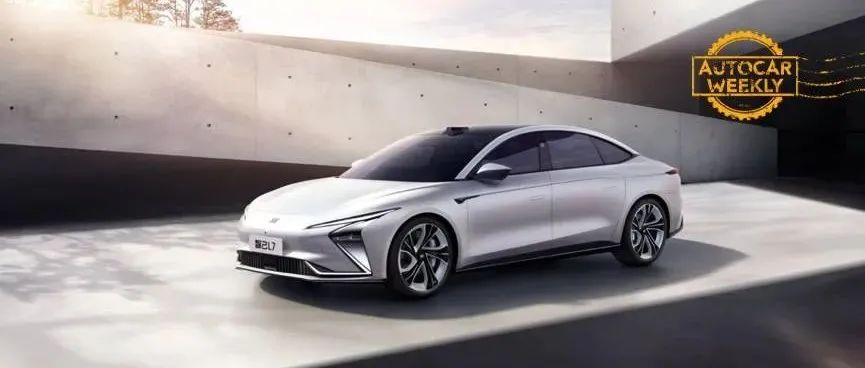This article is reproduced from the autocarweekly official account.
Author: Jiang Xiaohua
In the electric vehicle industry at the end of 2021, two interesting things happened.
One is that Li Bin, in addition to launching the widely recognized ET5 at NIO DAY, also made a controversial subjective argument about “not understanding” users who still insist on buying traditional internal combustion engine cars. The other is that IM Motors, which only started making cars 22 months ago, lit up the deep winter night of Shanghai with its just-off-the-line L7.
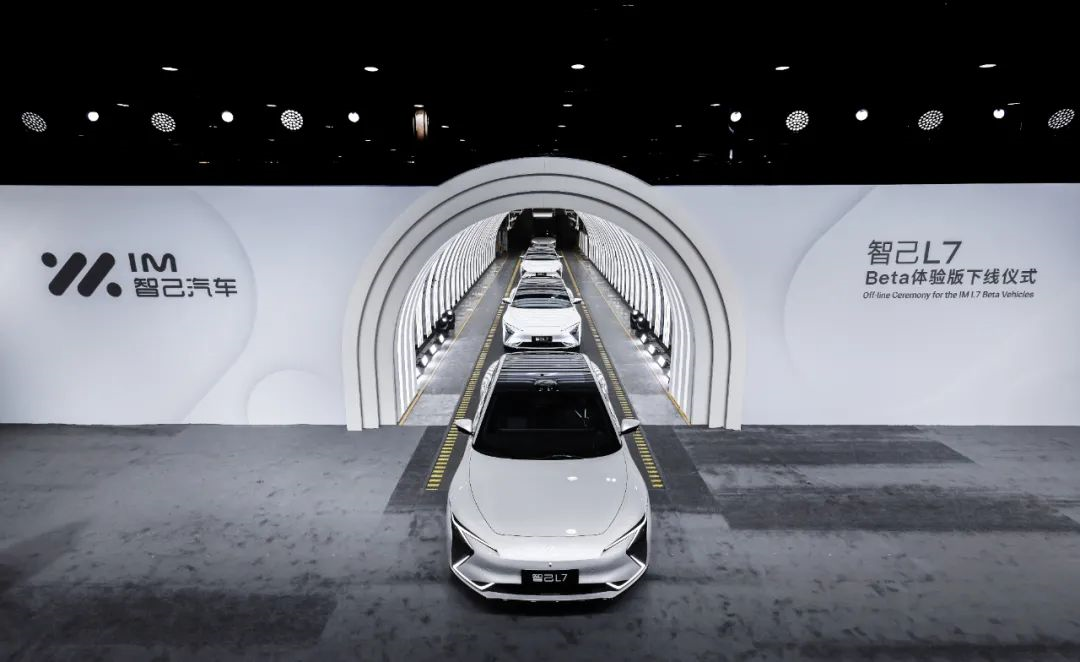
These are obviously two extremely iconic events.
Firstly, let’s forget about Li Bin’s subjective argument that could be misunderstood and cause controversy in an internal context. What he showed may be the confidence that a few or even several leaders of pure electric intelligent car brands should have after going through the most difficult times and winning market recognition.
You can also see more and more pure electric intelligent car brands gradually abandoning the enterprise operating concepts and product strategies that only focused on Tesla in the past. They are starting to have their own mature car-making thinking (such as many companies firmly following the lidar route instead of Musk’s visual perception route), and hope to become the industry benchmark for it.
Therefore, I am looking forward to this year, especially the upcoming IM L7 and NIO ET7. They are highly anticipated and have a great chance to push the level of Chinese intelligent electric vehicles to a new height.
Especially the recently-off-the-line IM L7.
As a new energy and intelligent vehicle brand jointly created by SAIC Group, Zhangjiang Hi-Tech, and Alibaba Group, IM has never been doubted for its car-making power since its establishment. Almost all doubts are focused on what kind of car IM will make and whether they can manufacture a car that has the “appearance that intelligent cars should have” as they claimed.
Obviously, “the appearance that intelligent cars should have” is a good proposition, but there will not be an ultimate conclusion for the time being, since everyone is still exploring. New car makers who have been immersed in the intelligent car market for many years are exploring, and IM Motors, which relies on the market capability of million-level OEMs, is also exploring. In this process, internal competition is inevitable.
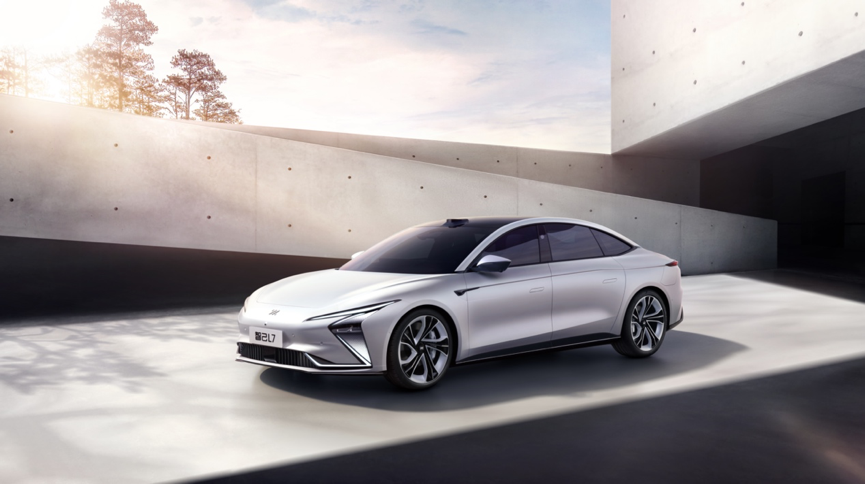
Although homogenization is already severe and obvious, the good news is that the development path has basically been recognized by most new car makers.I am looking forward to the year 2022 even more, as both the IM L7 and the NIO ET7 have agreed to deliver in that year. After all, only by securing a position at the top of intelligent electric vehicles can one truly represent what a “smart car should look like”; after all, in the rapidly evolving field of pure electric intelligent vehicles, only by diving deeper can one move faster.
The Difference in Car-making Philosophy: Range for Range, Handling for Handling
Taking the IM L7 and the NIO ET7 as examples, it’s not just because they will officially go on sale and be delivered this year but more importantly, both products want to lead the development trend in the field of intelligent pure electric vehicles and have already started the “internal competition” during the development stage.
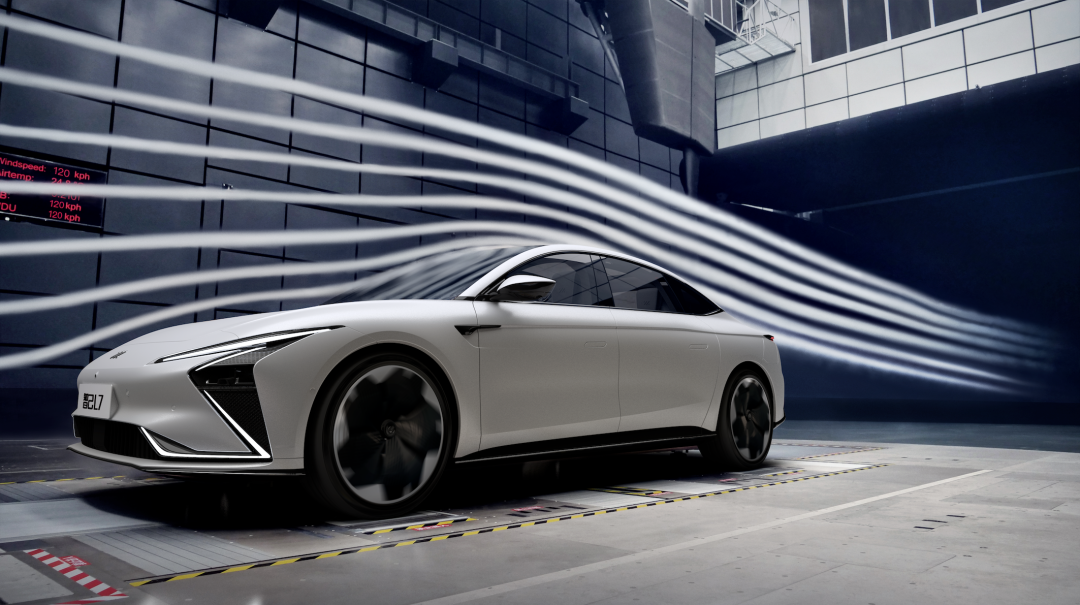
As early as the initial stage of product development, IM announced that the L7 had the world’s top three Drag Coefficient (Cd) with as low as 0.21. Of course, this remarkable Drag Coefficient figure also opened the prelude to the internal competition. Last summer, NIO broadcasted a wind resistance test event, and the result was that the ET7 achieved a lower 0.208 Cd.
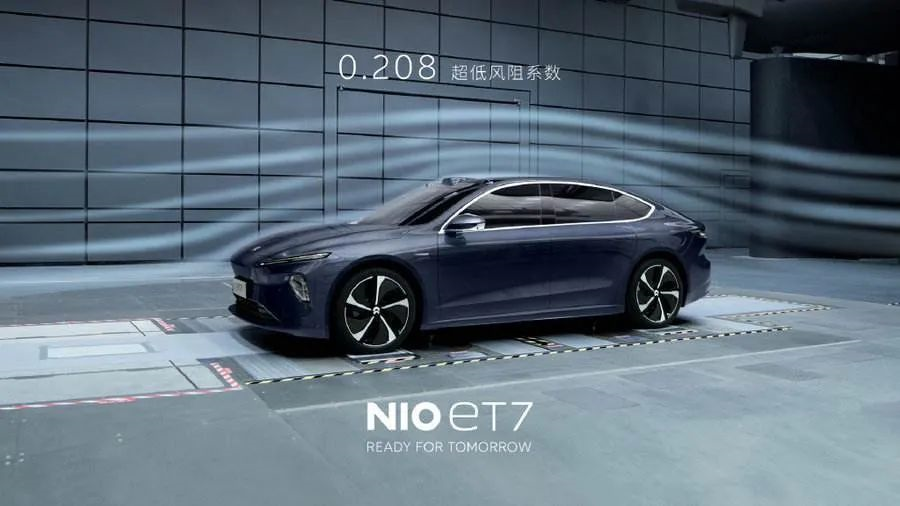
For ordinary users, such a Drag Coefficient difference is not very significant, and they may not even feel it. But in order to become a benchmark and to make further progress in areas without improvement, sometimes it is necessary to calculate these minor differences that are less, even after three decimal places.
Of course, this does not mean that IM cannot continue to make continuous improvements in this field of Drag Coefficient. In the future, IM will continue to optimize the aerodynamic structure of its products and do more exploration in terms of wind resistance performance. Obviously, this “competition” in just the Drag Coefficient field is already exciting enough.
Drag Coefficient is just a small microcosm of internal competition. NIO has already wanted to push the ET7 towards the more traditional, mid-to-high-end luxury cars, which do not place much emphasis on handling despite their positioning as a vehicle over 5 meters. However, IM thinks differently, with the involvement of the William Advanced Engineering team and the addition of four-wheel steering technology, the L7 has better handling performance and driving pleasure on top of its luxurious positioning and configuration.
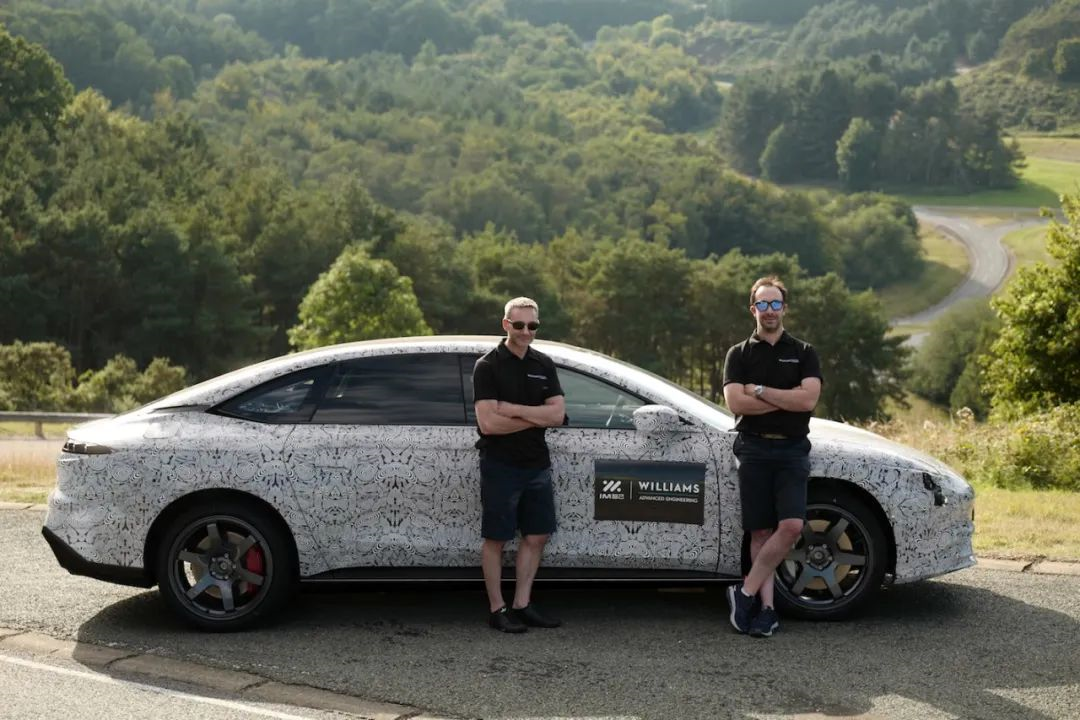 For pure electric vehicles, stronger acceleration performance is innate. Therefore, for the IM L7, the 3.87-second 0-100 kilometer acceleration should be considered a basic performance manifestation. But more importantly, the braking distance of 32.69 meters is almost one meter shorter than that of the NIO ET7. This means that the overall driving experience brought by the L7 is faster and more stable.
For pure electric vehicles, stronger acceleration performance is innate. Therefore, for the IM L7, the 3.87-second 0-100 kilometer acceleration should be considered a basic performance manifestation. But more importantly, the braking distance of 32.69 meters is almost one meter shorter than that of the NIO ET7. This means that the overall driving experience brought by the L7 is faster and more stable.
At the same time, the addition of the Williams-tuned chassis and four-wheel steering makes its handling performance stronger and the turning radius smaller (the rear-wheel steering angle in both directions is 12°, which reduces the turning diameter of over 5 meters to 10.8 meters, equivalent to the turning radius of a C-class car and even smaller than that of a Golf). This makes the steering of the L7 more flexible and the driving more confident.
Yes, in IM’s perception, the intelligent era of automobiles must include a more enjoyable driving experience, rather than simply emphasizing the faster acceleration of pure electric vehicles. After all, for the IM L7, whose power performance can already rival traditional energy vehicles worth millions, choosing a top-notch chassis tuning team and configurations that can provide a better driving experience is IM’s persistence and original intention for driving experience.
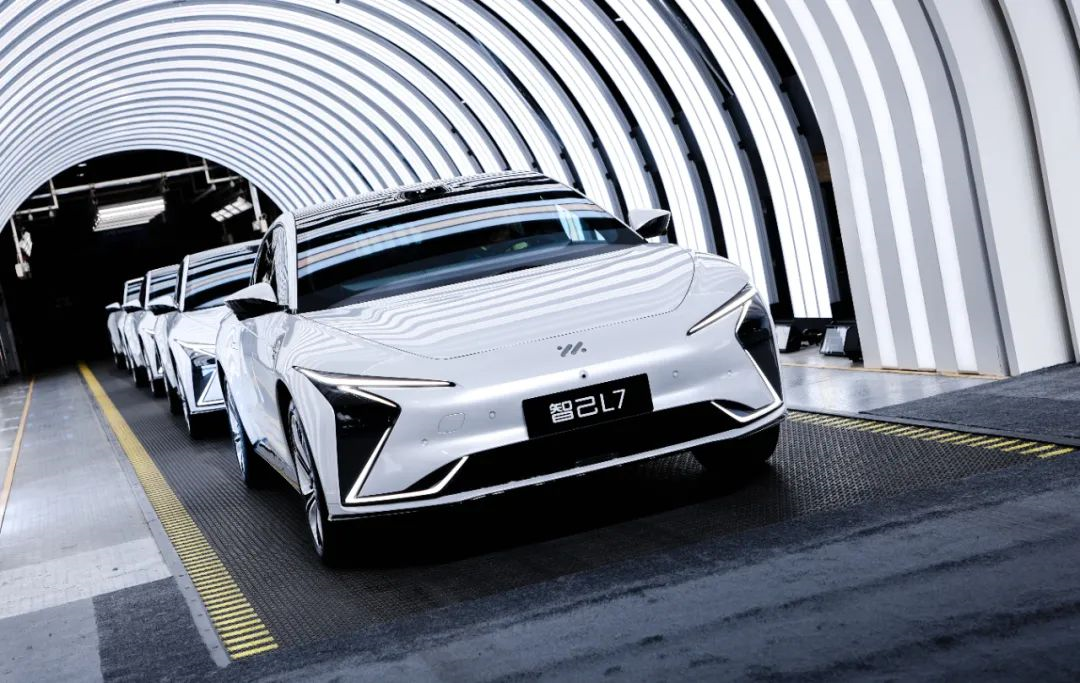
These product points related to driving directly demonstrate IM’s overall concept of car manufacturing, which is based on the decades of car-making experience and strong industrial foundation of SAIC Group before exploring the unlimited possibilities of future travel. Comfortable riding and enjoyable driving should not be ignored, even under the new trends of new energy and intelligence. For those ordinary consumers who are not interested in trying new things, the satisfaction of these traditional automobile features becomes the driving force that can motivate them to “try something new” actively.
Of course, not providing more intense driving also has its advantages. For example, smoother driving experience and better wind resistance coefficient can bring better endurance. The IM L7 provides a two-wheel-drive version with a range of 708 kilometers in this regard.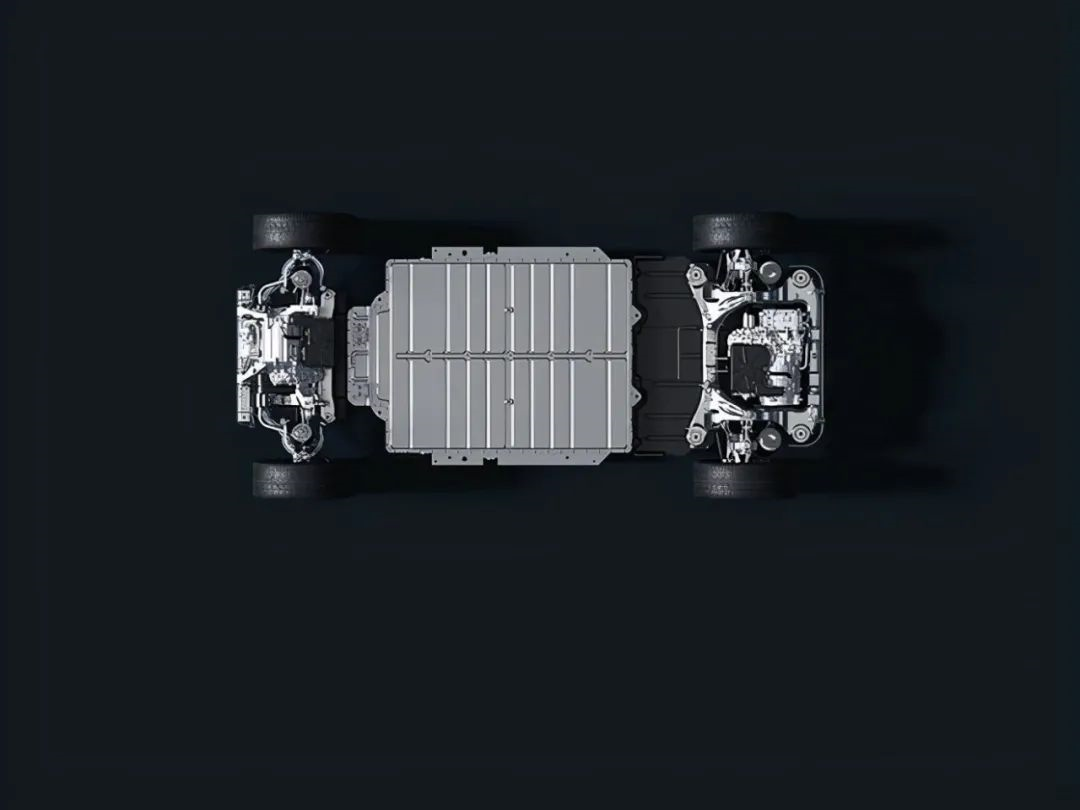
Upon careful analysis, it is found that the current battery pack carried by the IM L7 is a 93 kWh battery pack. In the future, users can choose to upgrade it to a larger 120 kWh high-capacity battery pack themselves.
This is because SAIC Group had already laid out SAIC ERA and ERA SAIC, two battery technology companies responsible for battery pack technology and battery cell technology respectively, earlier on. This is also the most important factor that enables the IM L7 to quickly improve its battery performance by more than 20% even though the body of the car had already been finalized.
As for NIO ET7, it is clearly a good choice to guard against deviation. After all, in the era of intelligent cars, many parameters of cars can be adjusted through OTA upgrades. If you want a better driving experience than before, you can achieve that by adjusting some parameters. However, in terms of hardware, the initial data settings and the types and forms of hardware that match them are the decisive factors.
Therefore, things that are missing at birth are difficult to make up for later, and adjusting to a more “powerful” car will result in a greater loss of endurance. Obviously, this is not worth the loss. Therefore, it is a better choice for IM and NIO to focus on endurance and handling respectively, and of course, this good choice also belongs to the consumer.
The Battle of Intelligent Driving: Let Data Become the Core Driving Force
In the middle of last year, a video of the IM L7 being driven for 40 minutes on Shanghai streets without intervention by relying on intelligent driving assistance technology (IM AD) went viral online. This also made more people familiar with the polar fox Alpha S which is equipped with Huawei technology, and learned about a product and brand that is powerful enough to represent China in setting intelligent driving assistance and even automatic driving standards. Obviously, this is the core mission that IM automobiles need to undertake.
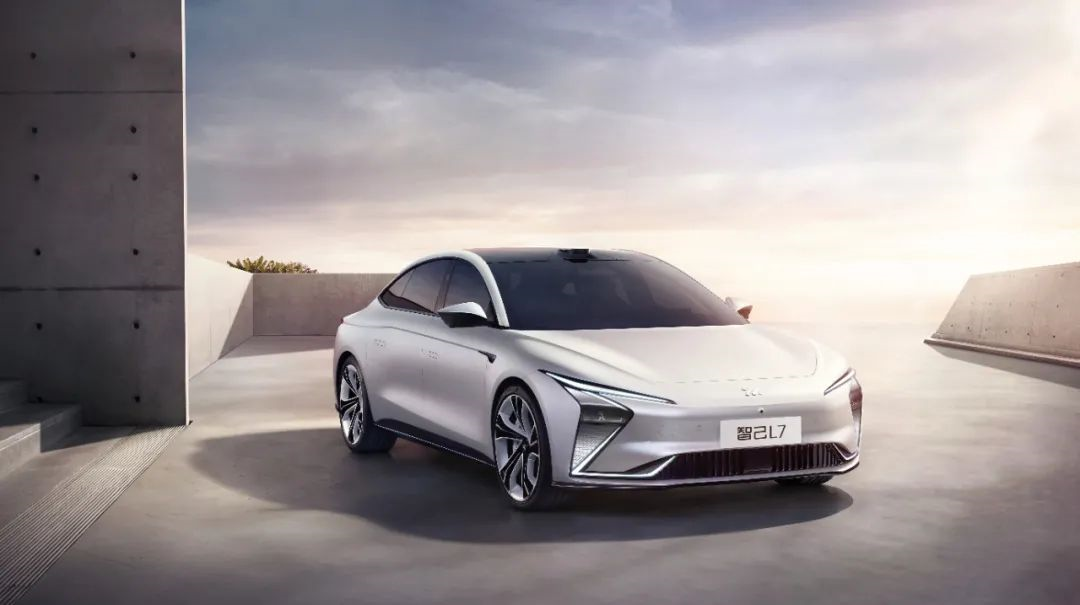
Such road tests have not only been carried out in Shanghai. After Shanghai, IM automobiles have successively conducted similar tests in many first-tier cities such as Hangzhou, Suzhou, Chengdu, and Guangzhou. The ability to carry out repeated tests in long-distance, complex road conditions, and complex weather is relying on the power of data.
IM Automobile’s co-CEO Liu Tao once said that “user data will become the core driving force for the development of IM Automobile.” Similarly, in the field of intelligent driving, user data is also the ultimate implementation method. One of IM’s shareholders, Alibaba, has built a powerful data processing capability for the IM L7 through Alibaba Cloud’s supercomputing. It relies on data to conduct high-quality training for IM AD and updates it in real-time through OTA.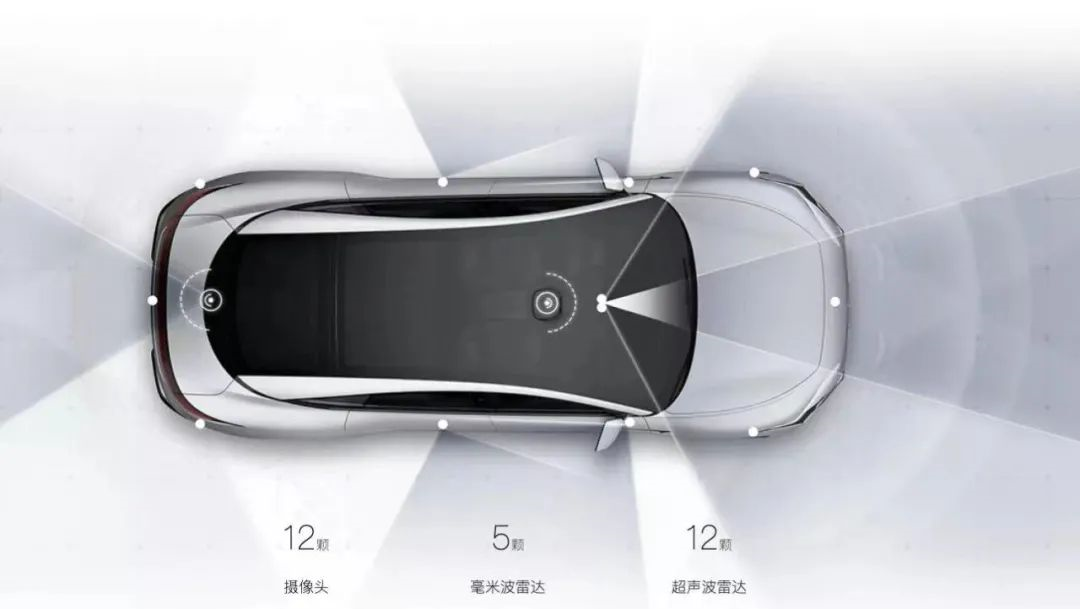
As we all know, the most thorny issue in the process of intelligent driving is not in 90% of ordinary driving scenarios, but in the small probability of 10% long tail cases. With Alibaba’s supercomputer platform, ZJ L7 has the possibility of continuously generating data and solving these long tail problems.
Through collection, calculation, and upgrade, ZJ L7 will realize the full-process data-driven and automatic optimization iteration of perception, fusion, prediction, and regulation. In short, data provides teaching materials, technology trains vehicles, and ultimately makes cars smarter.
Such smartness must be matched with more powerful chips and richer sensors. Obviously, at present, the iteration speed of new technology is faster than the upgrade speed of hardware. In the life cycle of a car, the tardiness of these hardware upgrades obviously hinders its becoming smarter.
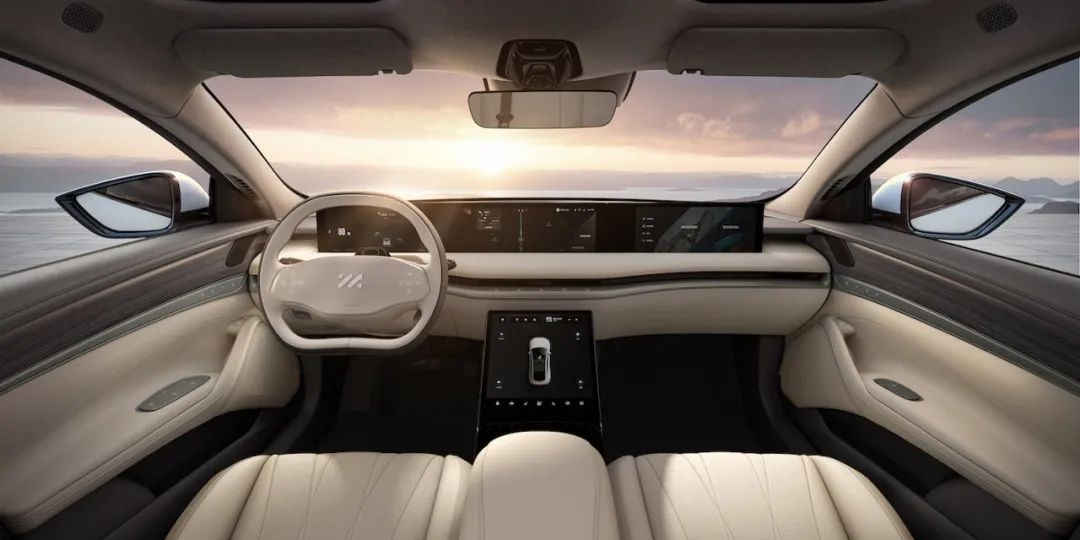
Therefore, better and more advanced configurations that match, as well as more suitable algorithm programs, are indispensable. In terms of hardware, ET7, which indicates that it must be equipped with lidar at the beginning, is obviously more advantageous in hardware. When NIO opened the pre-order of ET7, it indicated that it would be equipped with a 1016TOPS computing power chip and lidar, obviously paving the way for intelligent driving assistance.
However, NIO did not reserve more possibilities for product upgrades in the future. For example, the ADAM supercomputer platform equipped with 4 Orin chips is installed on top of the ET7. ZJ, on the other hand, is different. From the very beginning, ZJ reserved hardware upgrade interfaces for the L7. This left room for users to upgrade lidar and high computing power chips later.
This forward-looking layout is a very smart choice in the environment where the configuration iteration speed of the intelligent electric vehicle industry is accelerating. Because for more people, buying a car with new configuration is important, but existing configuration that can meet the needs of 3-5 years, or even 5-10 years of use, is the definition of a good product.
Of course, upgrades come at a cost, and whether such costs will bring about secondary consumption and increase the cost of vehicle use is a question that needs to be considered.
The Battle of User Services: Make User Value Truly Reflect ValueStarting from Tesla, more and more people have come to accept the reality that intelligent electric vehicles are no longer a disposable consumer good. It has become universally accepted to pay for OTA upgrades to configure various functions. Similarly, NIO, which has become the object of imitation in the industry by providing the ultimate user service, has not bundled continuous payment projects that serve users, such as BAAS.
It must be said that battery swap is a very good model. Compared with the stray charging cars that NIO had previously launched, which caused anxiety for users, it is more advantageous in terms of eliminating user anxiety. At the same time, the battery rental model allows users to flexibly choose the capacity of the battery, reducing the large cost associated with batteries when purchasing a car. It can even greatly reduce the cliff-like drop in residual value caused by the inability of electric vehicle batteries to be replaced in the past.
However, this is still a model that requires users to pay continuously. After all, this is a cost issue that car manufacturers cannot avoid. So, is there a better model that can achieve both?
At the beginning of this year’s New Year, I mentioned that if the operating costs of an enterprise’s users are insufficient, it is worth reducing marketing expenses to give user service. And Zhi Ji seems to have found a more feasible way to solve this problem.
From the very beginning of Zhi Ji’s establishment, they simultaneously established a user equity platform and allocated 4.9% of the company’s equity to a company called “Zhi Ji and I” that specializes in user operations. Its specific manifestation is in the “Yuan Shi Gu” section of the Zhi Ji APP.
Unlike previous user APPs, which only provide users with check-ins, posting, and replies to win points and exchange gifts, in this “Yuan Shi Gu” section, Zhi Ji’s users can not only complete some of the previous interactive functions, but also voluntarily provide daily driving data for Zhi Ji’s cars in exchange for “Yuan Shi” (another form of expression of points).
These “Yuan Shi” are no longer used to redeem daily branded peripheral products, household appliances, and other items. More importantly, in the future product upgrades (batteries, Lidar, etc.), corresponding value of “Yuan Shi” can become redeemable chips.Here is a new model that not only meets Liu Tao’s vision of making user data the core driving force for enterprise development, but also minimizes user’s sustained investment in post-use car maintenance. This model enables cars to maintain their advancement and value stability in the wave of “internal fighting”, while allowing users to continuously use the most advanced car products. To some extent, this value-creating user operation model can bring added benefits to the Ji L7.
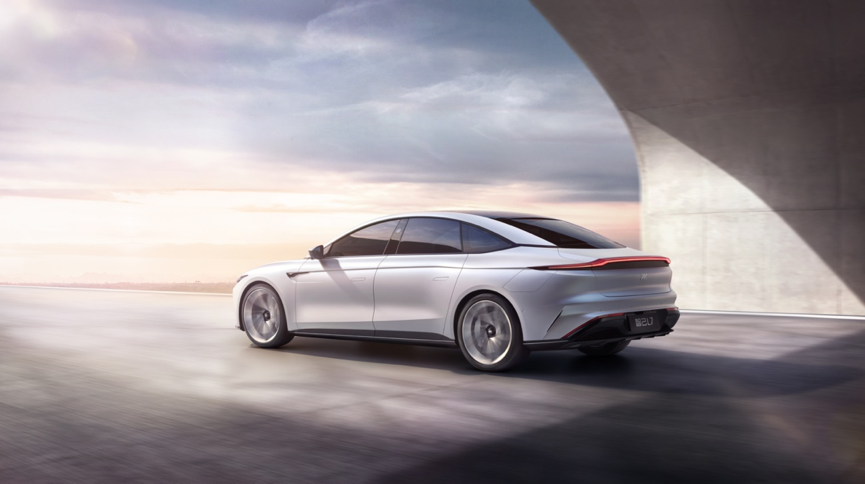
When we understand the underlying logic of this “internal fighting”, we can see that all “internal fighting” activities are actually driven by the need to promote product iteration.
After all, “internal fighting” that is premised on market competition will rapidly push forward the overall intelligent and new energy transformation of China’s automobile industry. At the same time, for ordinary consumers, the cost of car manufacturing is rapidly decreasing due to this “internal fighting”, and the user experience of using cars is also rapidly improving as a result. Therefore, in a sense, I even welcome it.
This article is a translation by ChatGPT of a Chinese report from 42HOW. If you have any questions about it, please email bd@42how.com.
